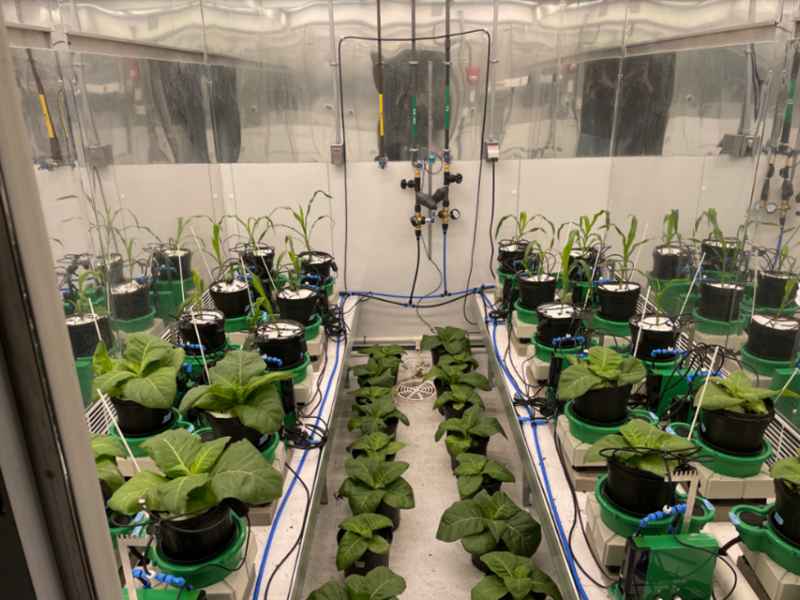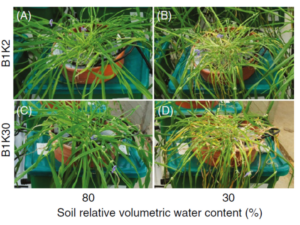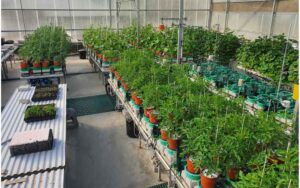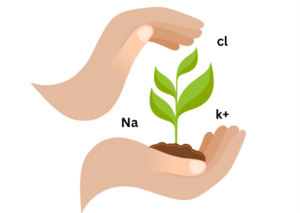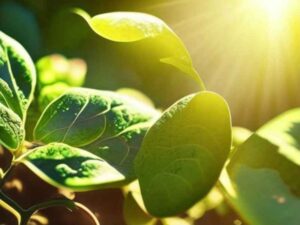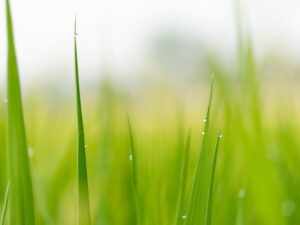Plant monitoring systems are integral to modern agriculture, providing essential data to optimize crop production, manage resources efficiently, and ensure sustainable farming practices. These systems employ advanced technologies to track various parameters such as transpiration, temperature, humidity and others.
By integrating data from multiple sensors, plant monitoring systems offer a holistic view of plant health and environmental conditions, enabling precise and informed decision-making. One of the uses of the Planetary, advanced phenotyping platform, is plant monitoring.
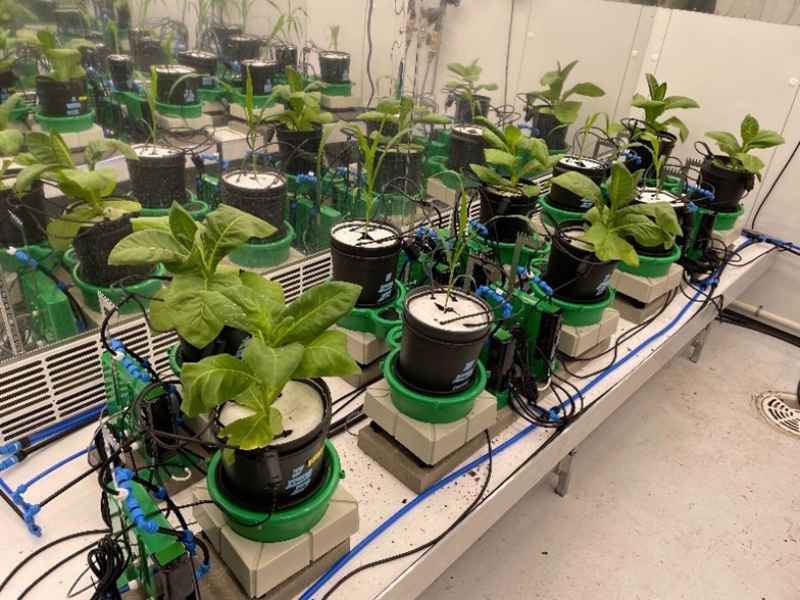
What are plant Monitoring Systems?
Plant monitoring systems have revolutionized the way we think about approaching agriculture. These systems leverage the traditional manual measurements to automatically collect and analyze real-time data from the field. The primary goal is to provide farmers and researchers with actionable insights to improve crop yield, reduce resource wastage, and enhance research.
What common components are in plant monitoring systems today?
- Sensors: devices that measure various parameters such as soil moisture, temperature, light intensity and humidity. Sensors are necessary to monitor physiological changes in the plant due to various changes.
- Data Loggers: These devices collect data from the sensors and store it for further analysis. Data loggers can be connected to a central server or advanced cloud storage for remote access.
- Software and analytics: today there are special software for collecting and analyzing the collected data, thus providing insights for further research. There are systems that present the data and there are more advanced systems that also perform the statistics and analysis for the researcher.
What is the PlantArray system?
The PlantArray is Plant-Environment Screening system that measures a wide range of parameters, including stomata conductance, temperature, transpiration, and water-use efficiency in real-time.
The system is very user-friendly, it includes various sensors, an accurate weighing system when all the collected data is uploaded to the cloud to the “PlantArray” software system. All the information is analyzed and generate reports effortlessly. presented graphically and conveniently for the researcher.
What are benefits of the PlantArray as plant monitoring system?
- High Throughput: the PlantArray can monitor multiple plants simultaneously, and provide different treatment for each plant in the array, ensures an accurate comparison between different plants.
- Comprehensive Data Collection: The system measures a wide range of parameters and her expertise is in measurement plant physiological responses to different stresses such as dryness or changing salinity.
- Real-Time Monitoring: Data is collected and transmitted in real-time, allowing for immediate analysis and decision-making.
What are the practical applications of plant monitoring systems?
Plant monitoring systems are used in various applications, from academic research to commercial agriculture. Don below are some common uses:
- Precision Agriculture: By providing detailed information on soil and plant conditions, these systems enable farmers to apply water, fertilizers, and pesticides more precisely, reducing waste and improving crop yield.
- Research and Development: In research settings, plant monitoring systems help scientists understand plant responses to different environmental conditions, leading to the development of more resilient crop varieties.
How does the PlantArray system differ from traditional plant monitoring systems?
The PlantArray system offers high-throughput monitoring and a comprehensive suite of sensors that measure detailed plant physiological responses to changing environmental conditions. Using the system, it is possible to carry out genetic studies, comparison of nutrients, early detection of diseases and more.
Can plant monitoring systems be integrated with other systems?
Yes, modern plant monitoring systems such as the PlantArray can be integrated with other phenotyping equipment’s. The PlantArray system can work with photographic systems and manual tools using the SPAC API (PlantArray’s software).
How does the accuracy of the coordination between the sensors affect the effectiveness of plant monitoring systems?
- Data Reliability: Accurate coordination ensures that the data collected from various sensors is reliable and reflects the true conditions of the plant. This reliability is crucial for making informed decisions about irrigation, fertilization, pest control, and genetics.
- Comprehensive Monitoring: When sensors are accurately coordinated, they can provide a more comprehensive picture of the plant’s health and environmental conditions. For example, combining soil moisture data with temperature and humidity readings can offer a more holistic understanding of plant transpiration.
What are the Future directions of plant monitoring systems:
The future of plant monitoring systems, including the advanced PlantArray system, looks promising with several technological advancements on the horizon. One key area is the development of more sophisticated and accurate sensors that can measure a wider range of parameters, providing deeper insights into plant health.
Improvements in user interfaces will make advanced plant monitoring systems more accessible to small and medium-sized farmers. Additionally, these systems will continue to play a crucial role in promoting sustainable agriculture practices
For more information about the innovative PlantArray system and its capabilities, scroll our website and learn how our platform advanced technology supports precision agriculture and sustainable farming practices worldwide already!
